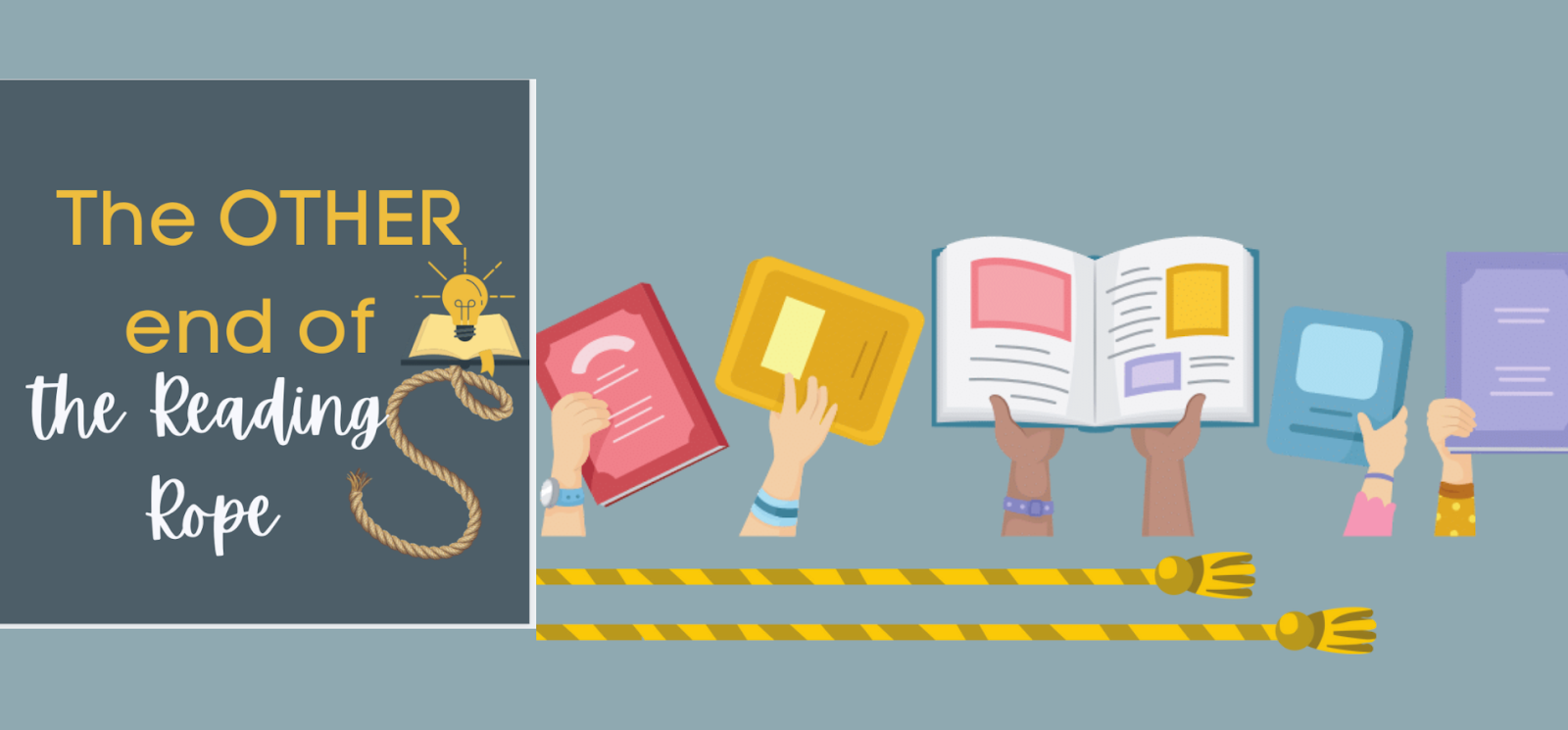Poetry as a Close Read When I was a student, poetry was the literacy genre that I hated the most. Why? Most of the poetry used was dry, confusing, or too hard. I don´t really remember being taught how to read it or what the elements of poetry were for. But now, poetry has become more enjoyable for kids. The topics are rich, sometimes funny, and also thought-provoking. At my school, poetry is a favorite unit. We look forward to it and read it every month. Structures of poetry We spend time learning about the s tructures of poetry such as rhythm, rhymes, alliterations, and stanzas. This is part of our first read. This helps us to practice fluency and prosody as we read. Some ways to practice are choral reading, partner reads, and independent reads. imagery: Next, we analyze the meaning of the poems. I usually start by discussing the imagery in the poem. This happens in your 2nd and 3rd reads. What words evoke your senses? Sight? Smell? Touch? Sounds? Taste? We search for s
Just like phonics, direct, explicit instruction is the best way to teach vocabulary. Explicitly teach a New Word - pronounce, write and read the word tell students what it means - using student friendly definition, props or actions say the words multiple times while giving examples, sentences, or asking questions using it ask yes or no questions ask students to use the words during the day How to Practice Vocabulary Words dimensions of word knowledge - look at synonyms, antonyms, categories of examples, multiple meanings, etc.. Four Squares are great graphic organizers for analyzing words in depth. Multiple Meanings - one of the biggest confusions with students are words that have more than one meaning. As you get into the Upper Grades, there becomes more and more examples in grade level text. One way to practice, is by taking the word and using a web to show the various meanings. Classification into Categories - sometimes we spend more time looking at the meaning of words th
